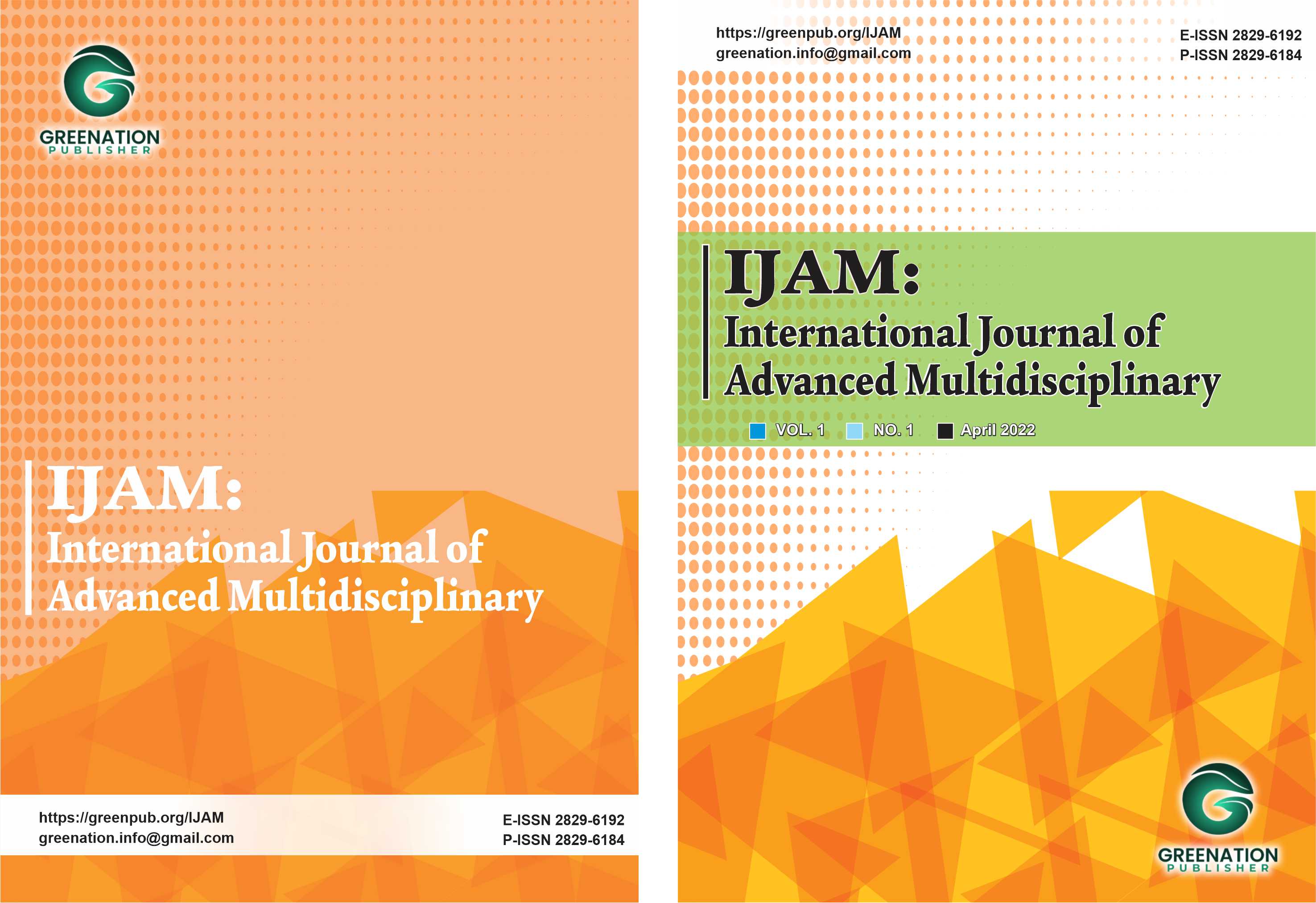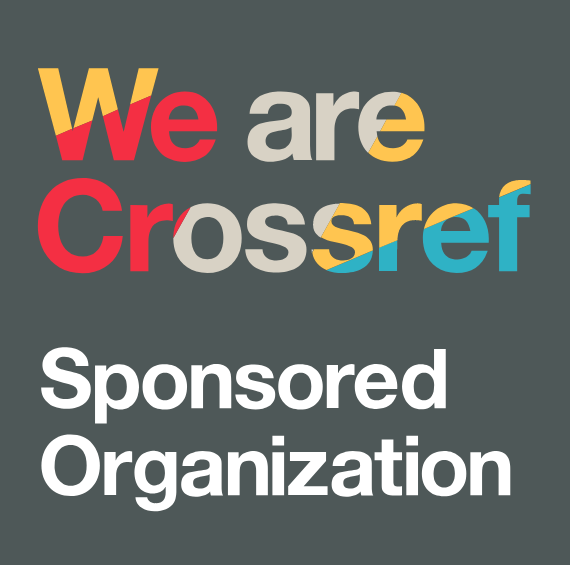Model of Decision to Choose a Private Higher Education on Accreditation, Brand Image and Integrated Marketing Communication with Trust as a mediating variable
DOI:
https://doi.org/10.38035/ijam.v2i4.471Keywords:
Accreditation, Brand Image, Integrated Marketing Communication, Trust, Decision to ChooseAbstract
Private Higher Education is an alternative choice for students in continuing their education to the next level. Various variables such as university accreditation, brand image and integrated marketing communications are considered by students in making their choices. The purpose of this study was to identify and analyze the effect of accreditation on trust, the effect of brand image on trust, the effect of integrated marketing communications on trust, and the effect of accreditation, brand image and integrated marketing communications on trust, the effect of accreditation on the decision to choose a private university, the effect of brand image on the decision to choose a private university, the effect of integrated marketing communications on the decision to choose a private university, the effect of trust on the decision to choose a private university and the effect of accreditation, brand image, integrated marketing communications and mutual trust on the decision to choose a private university . The theory used in this review paper is Service Dominant Logic (SDL) is a marketing concept formulated by Stephen L. Vargo and Robert F. Lusch in 2004. According to Vargo and Lusch, SDL replaces the goods-dominant logic) centered on the exchange of physical goods with a service-dominant logic focused on value exchange and value creation through customer engagement. In SDL, marketing is defined as a social and economic process in which value is created through interaction between service providers and customers. The dimensions of the student's decision to choose are explained by Hadiyati (2016) Consists of Attention, Interest, Desire and Action (AIDA). Modern marketing theory can be shown in the AIDA Model is the basis of marketing, movement, organizing advertisements resulting from customer perceptions. AIDA explains that in building an effective communication program, the most important aspect is understanding the process by which consumers respond, for example when consumers make purchases at a certain products and services, it is necessary to understand the promotional efforts that can influence the consumer's response.
References
Altbach, P. G., & Knight, J. (2007). The internationalization of higher education: Motivations and realities. Journal of Studies in International Education, 11(3–4), 290–305. https://doi.org/10.1177/1028315307303542
Batra, R., Myers, J. G., & Aaker, D. A. (2006). Advertising management. Pearson.
Cravens, D. W. (1999). Pemasaran strategis jil.1. Erlangga.
Hadiyati, E. (2016). Study of marketing mix and AIDA model to purchasing on line product in Indonesia. British Journal of Marketing Studies, 4(7), 49–62.
Hariawan, A. (2015). Pengaruh Kualitas Pelayanan, Kepuasan Mahasiswa dan reputasi terhadap Loyalitas Mahasiswa di STMIK AMIKOM Purwokerto. Jurnal Probisnis, 8(1), 65–84.
Hasan Mahmud, N., & García-Medina, I. (2018). Vodafone: The relationship between brand image and online marketing strategies. IROCAMM-International Review Of Communication And Marketing Mix, 1, 7–31. https://doi.org/10.12795/irocamm.2018.i1.01
Horakova, M. (2015). Consumer Behavior of College Students in the Czech Republic. Journal of Competitiveness, 7(4), 68–85. https://doi.org/10.7441/joc.2015.04.05
Ilmiah, J., & Vol, M. (2020). https://ejournal.unsri.ac.id/index.php/jembatan/index. 17(1), 61–72.
Ionela, M., & Maniu, G. (2014). Education Marketing Factors Influencing The Selection of A University. Journal of SEA – Practical Application of Science, 2(5), 37–42.
Istiana, P., & Purwaningsih, S. (2016). Pemanfaatan E-journal oleh Mahasiswa: Kajian Analisis Sitasi Terhadap Tesis Mahasiswa Klaster Saintek Universitas Gadjah Mada. Berkala Ilmu Perpustakaan Dan Informasi, 12(2), 150. https://doi.org/10.22146/bip.17295
Keller, K. dan. (2009). Manajemen Pemasaran. Jilid I. Edisi ke 13. Erlangga.
Kotler, P., & Amstrong, G. (2001). Principles of Marketing (Jilid 1, E). Erlangga.
Kotler, P., & Keller, K. L. (2016). Marketing Management (15th ed.). Pearson Pretice Hall.
Lymar, V., & Mohajerani, K. (2013). Brand image of umeå university: A quantitative study of the effects on students’ attachment and commitment. 2–64.
Mehboob, F., & Et.al. (2012). Factors Influencing Students Enrollment Decisions in Selection of Higher Education Institutions (HELS). Insitute of Interdisciplinary Business Research, 4(5).
Mishra, P. (2017). Green human resource management: A framework for sustainable organizational development in an emerging economy. International Journal of Organizational Analysis, 25(5), 762–788. https://doi.org/10.1108/IJOA-11-2016-1079
Narimawati, U. (2010). Metedologi Penelitian Kualitatif dan Kuantitatif, Teori dan Aplikasi. Agung Media.
Nguyen, D. T. N., Teo, S. T. T., & Ho, M. (2018). Development of human resource management in Vietnam: A semantic analysis. Asia Pacific Journal of Management, 35(1), 241–284. https://doi.org/10.1007/s10490-017-9522-3
Oke, A. O., Kamolshotiros, P., Popoola, O. Y., Ajagbe, M. A., & Olujobi, O. J. (2016). Consumer behavior towards decision making and loyalty to particular brands. International Review of Management and Marketing, 6(4), 43–52.
Rangkuti, F. (2002). Measuring Customer Satisfaction Teknik Mengukurdan Strategi Meningkatkan Kepuasan Pelanggan dan Analisis Kasus PLN-JP. PT Gramedia Pustaka Utama.
Rangkuti, F. (2003). Bisnis Plan Teknik Membuat Perencanaan Bisnis dan Analisis Kasus. PT. Gramedia Pustaka Utama.
Raposo, M., & Alves, H. (2007). A model of university choice: an exploratory approach. MPRA Paper, 1(5523), 203–218.
Slavov, & Zlatanova. (2018). Corporate Brand Identify – Brand Image Alignment. Masters Program in International Marketing & Brand Management, Lund University.
Suhardi, Y., & Pragiwani, M. (2017). Analisa Faktor-faktor yang mempengaruhi Keputusan Mahasiswa Memilih Kuliah di Sekolah Tinggi Ilmu Ekonomi Indonesia (STEI) Jakarta. Jurnal STEI Ekonomi, 26(2), 230–245. https://doi.org/10.36406/jemi.v26i2.229
https://www.researchgate.net/publication/43002735_DecisionMaking_Process_Concepts_and_Methods
Downloads
Published
How to Cite
Issue
Section
License
Copyright (c) 2024 Rudi Laksono, Nandan Limakrisna, Anoesyirwan Moeins

This work is licensed under a Creative Commons Attribution 4.0 International License.
Authors who publish their manuscripts in this journal agree to the following conditions:
- The copyright on each article belongs to the author(s).
- The author acknowledges that the International Journal of Advanced Multidisciplinary (IJAM) has the right to be the first to publish with a Creative Commons Attribution 4.0 International license (Attribution 4.0 International (CC BY 4.0).
- Authors can submit articles separately, arrange for the non-exclusive distribution of manuscripts that have been published in this journal into other versions (e.g., sent to the author's institutional repository, publication into books, etc.), by acknowledging that the manuscript has been published for the first time in the International Journal of Advanced Multidisciplinary (IJAM).























